Presidential cars used by the country’s head of state provide a socio-political commentary of the life and times from Manuel L. Quezon to Gloria Macapagal Arroyo
The official vehicles of past presidents of the Philippines have been restored and refurbished, and are now on public display at the newly opened Museo ng Pampangulong Sasakyan, the Presidential Car Museum. The first and only home of state cars stands on a 3,000 square meter, modern, three-storey, grey building within the Quezon City Memorial Circle. Inside are 16 automobiles outfitted for comfort, complete privacy and absolute luxury befitting important the stature and office of the highest official in the land.
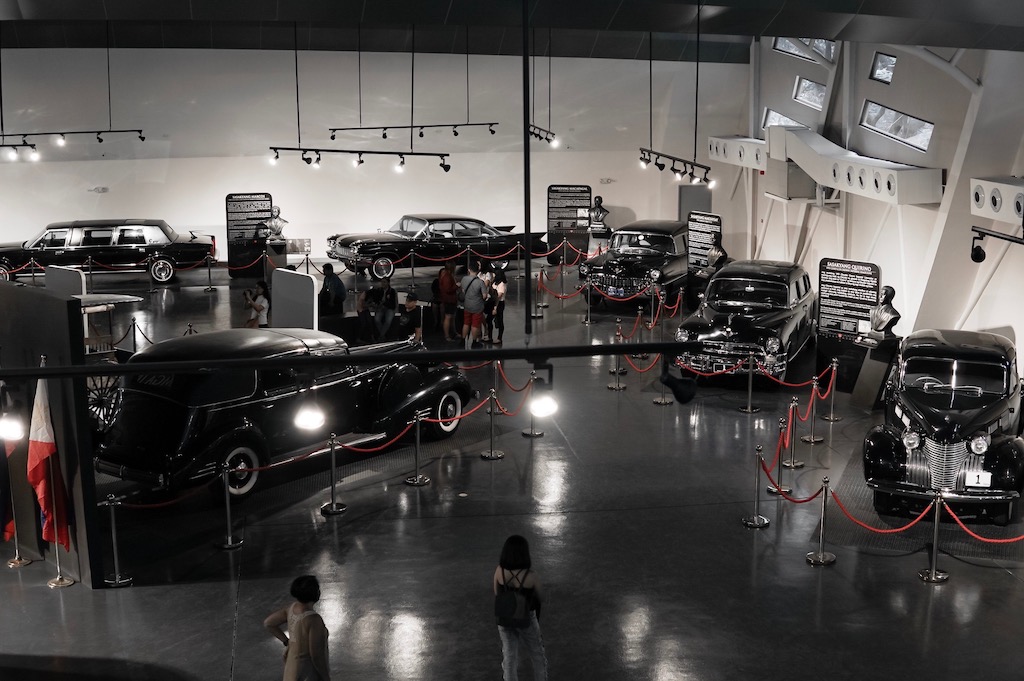
The collection is maintained and managed by the National Historical Commission of the Philippines (NHCP). Each car reflects not just the eras of the mobile machines but also intimated the personalities of the chief executives.
Besides museum curator Ryan Tan introductory overview, there were archival video clips of presidential convoys going through the country’s avenues and rural roads to enhance the experience. He said, “It’s definitely okay to take pictures, so long as you don’t use your flash.”
An interactive panel highlighted pertinent data and interesting footnotes such as the background on the signature 1 plate number, and information and details of the motors. Each roped-off section featured the all-black – the preferred color — cars with the technical specifications, a bust of the particular head of state who used the car, as well as their personal data, educational attainment, achievements in life, and some never-seen-before photos of the presidents with family and visiting VIP guests. There was also a facsimile of their signatures.
RELATED READS: Jewels in the Desert: The Lourve Museum Opens in Abu Dhabi
Historical Cars and Some Backstories:
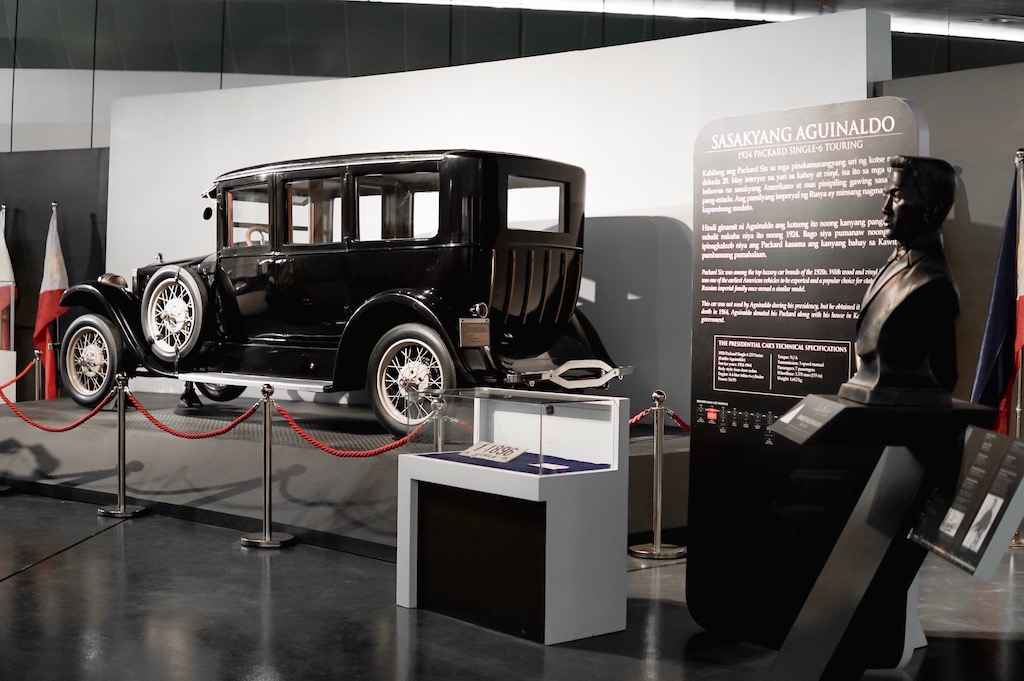
Emilio Aguinaldo (1899-1901) – 1924 Packard Single-6 Touring
The country’s first state vehicle was actually a horse-drawn carriage with wood finishing and vinyl interiors. Aguinaldo acquired this seven-seater when he was no longer in office. Powered by a straight six engine, it was a popular choice for state vehicles worldwide, notably prized by the Russian Imperial family.
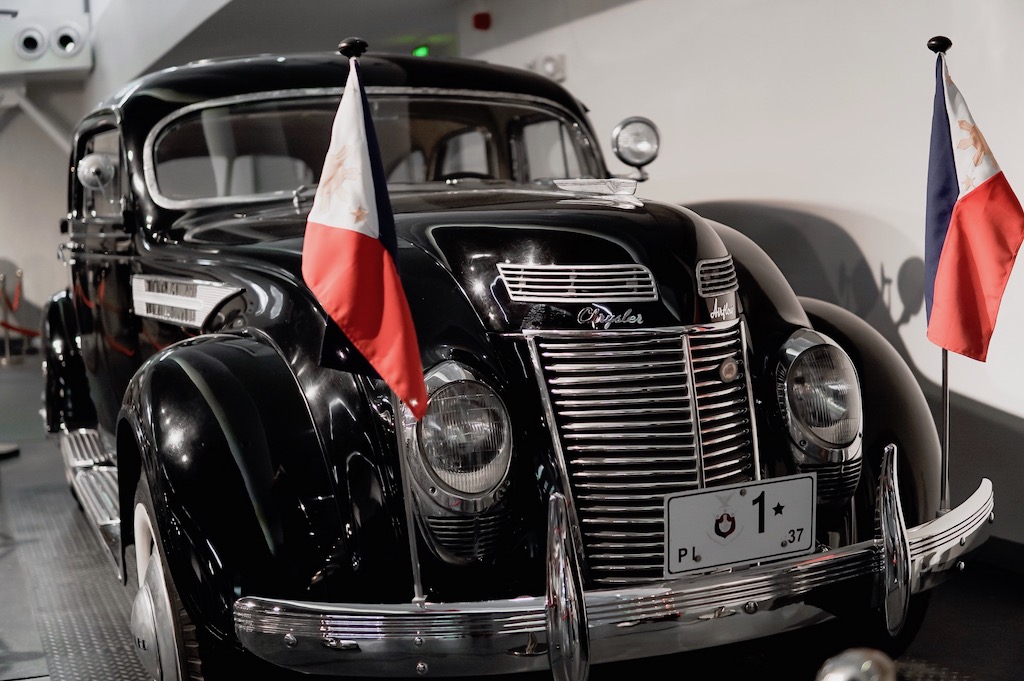
Manuel L. Quezon (1935-1944) – 1937 Chrysler Airflow Custom Imperial CW
Only 30,000 units were sold throughout the four years of its production. Records show no other models were imported into the country, which makes it the rarest car in the roster. It was regarded as the most aerodynamic car of its time with a unique inline-eight cylinder.
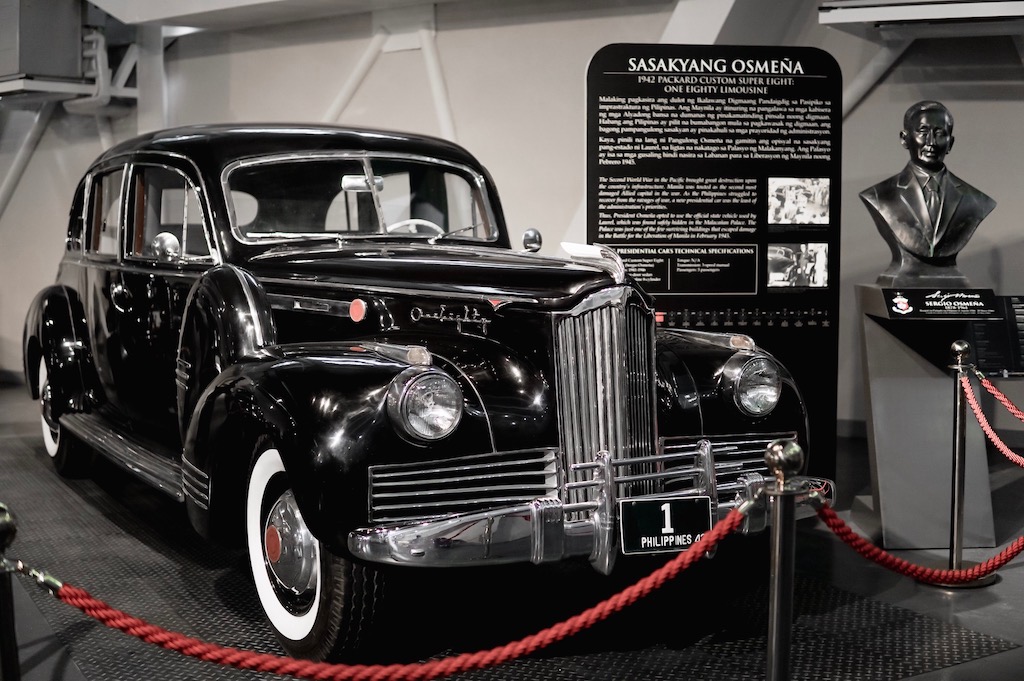
Jose P. Laurel (1943-1945) and Sergio P. Osmeña (1944-1946) – 1942 Packard Custom Super Eight: One-Eighty Limousine
Under the Japanese administration, Laurel was provided the limousine outfitted with premium fabric, leather, and even a wool ceiling. It had an elongated and imposing hood, and an adjustable glass partition for privacy. When Osmeña assumed the presidency after the ravages of World War II, a brand new presidential car was the least of the state’s priorities. He opted to use his predecessor’s ride, found in one of the buildings in the Malacañang Palace grounds that had been spared destruction.
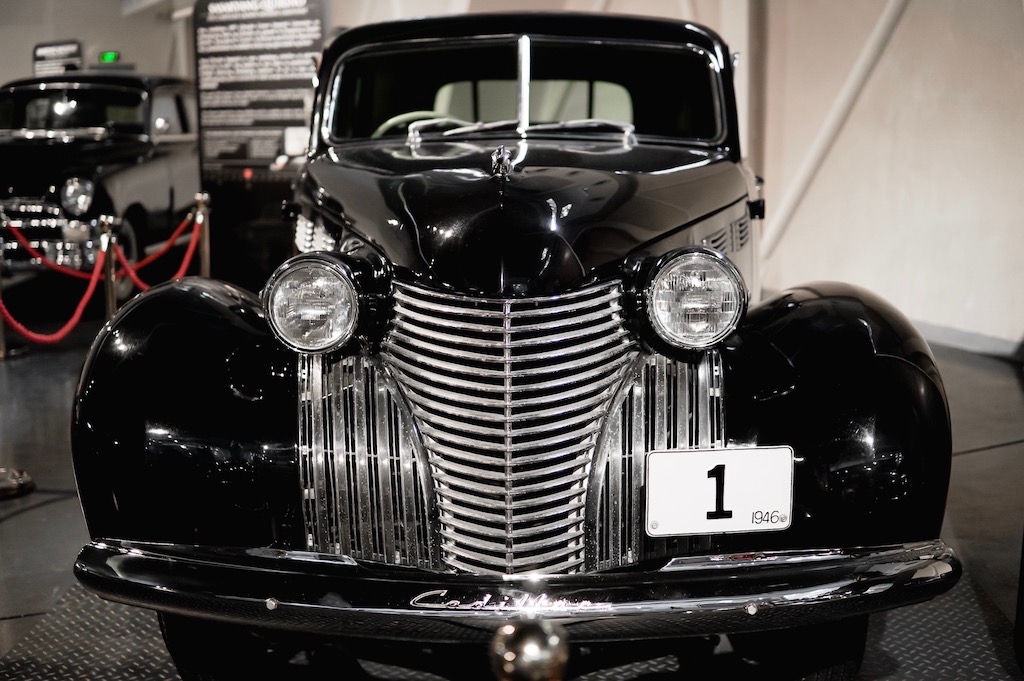
Manuel A. Roxas (1946-1948) – 1947 Cadillac Fleetwood Series 75 Limousine
One of the most powerful existing engines with eight cylinders and with over 130 horsepower, the Fleetwood was customized according to the user’s specifications. It possessed the signature vertical grille which reached the fenders, and a large alligator hood.
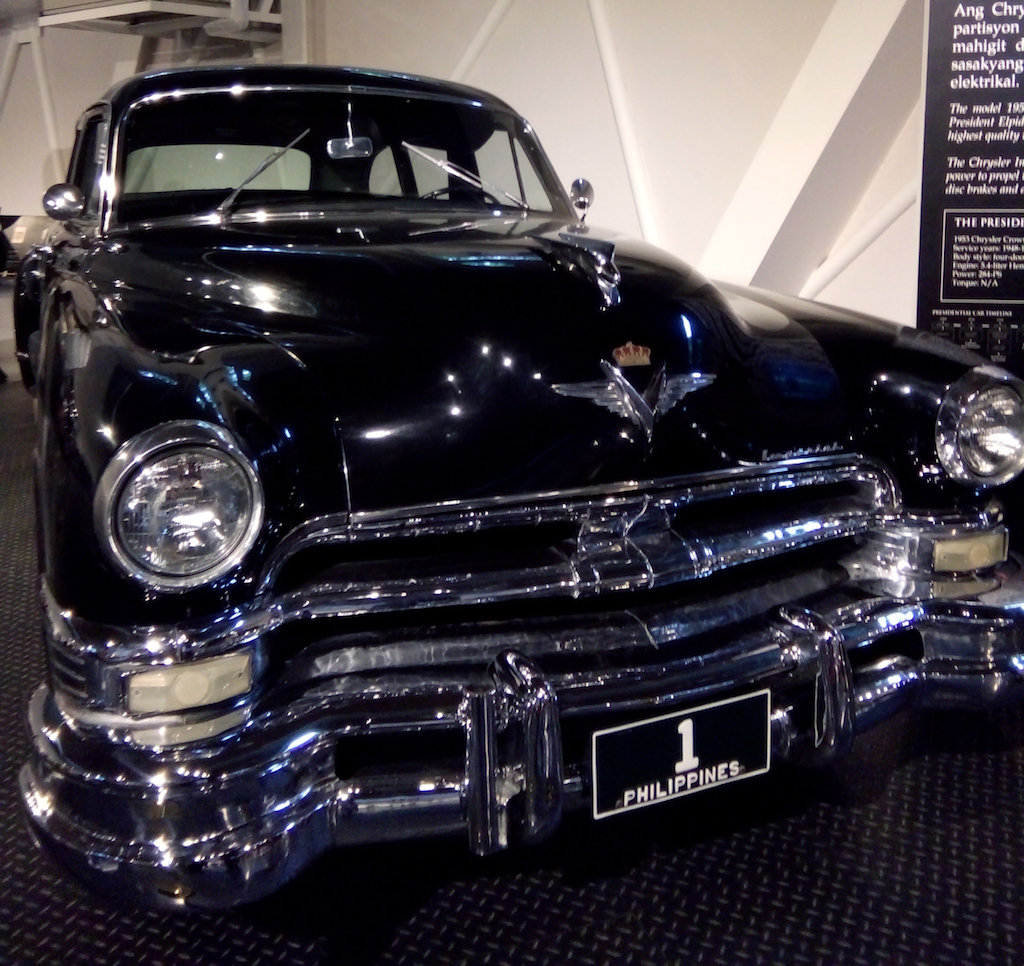
Elpidio Quirino (1948-1953) – 1953 Chrysler Crown Imperial Limousine
The Crown series denoted the highest quality. This eight-seater highlighted a long wheelbase, a partition window, and a Hemi V8 to propel this two-ton sleek limo. It was one of the first few to have power assisted disc brakes, a 12-volt electrical system, and an optional fully automatic transmission.
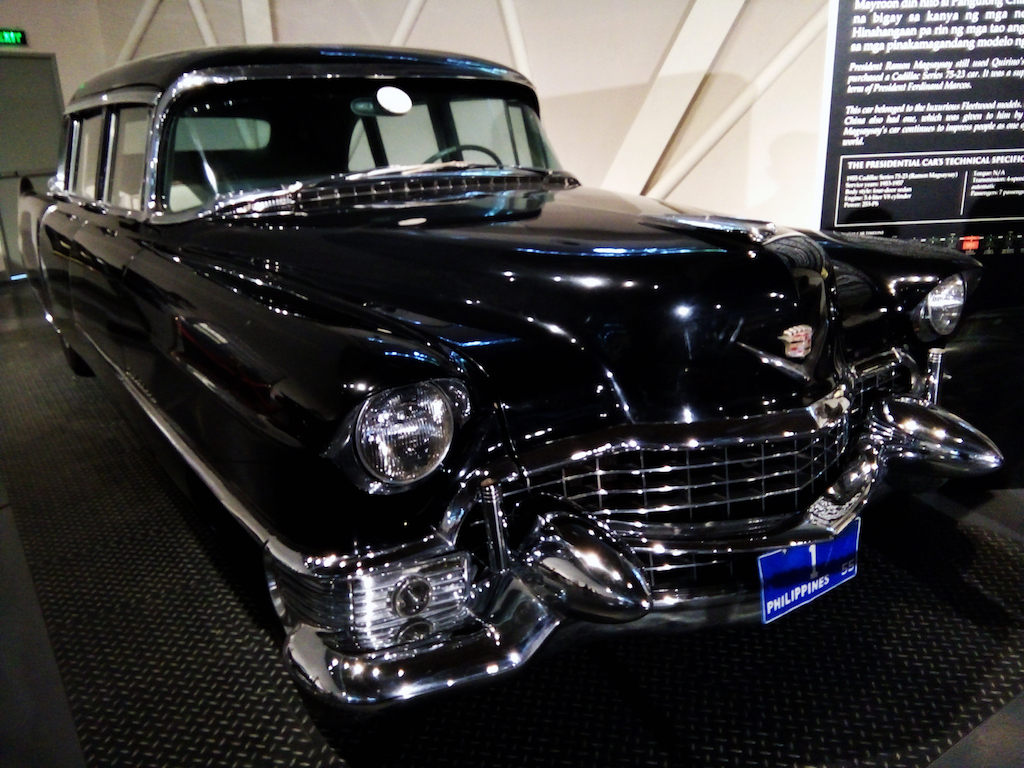
Ramon F. Magsaysay (1953-1957) – 1955 Cadillac Series 75-23
Magsaysay initially opted to utilize his immediate past Chief Executive’s acquisition, but eventually obtained a 305 horsepower Cadillac with a driver’s partition, nicknamed the “high headroom” car, capable of accommodating eight. This was used as a supplementary vehicle for many presidencies to come. A similar model on display at the Chiang Kai-Shek Memorial Hall in Taipei, Taiwan, was a gift to the Generalissimo from the Chinese businessmen in the Philippines.
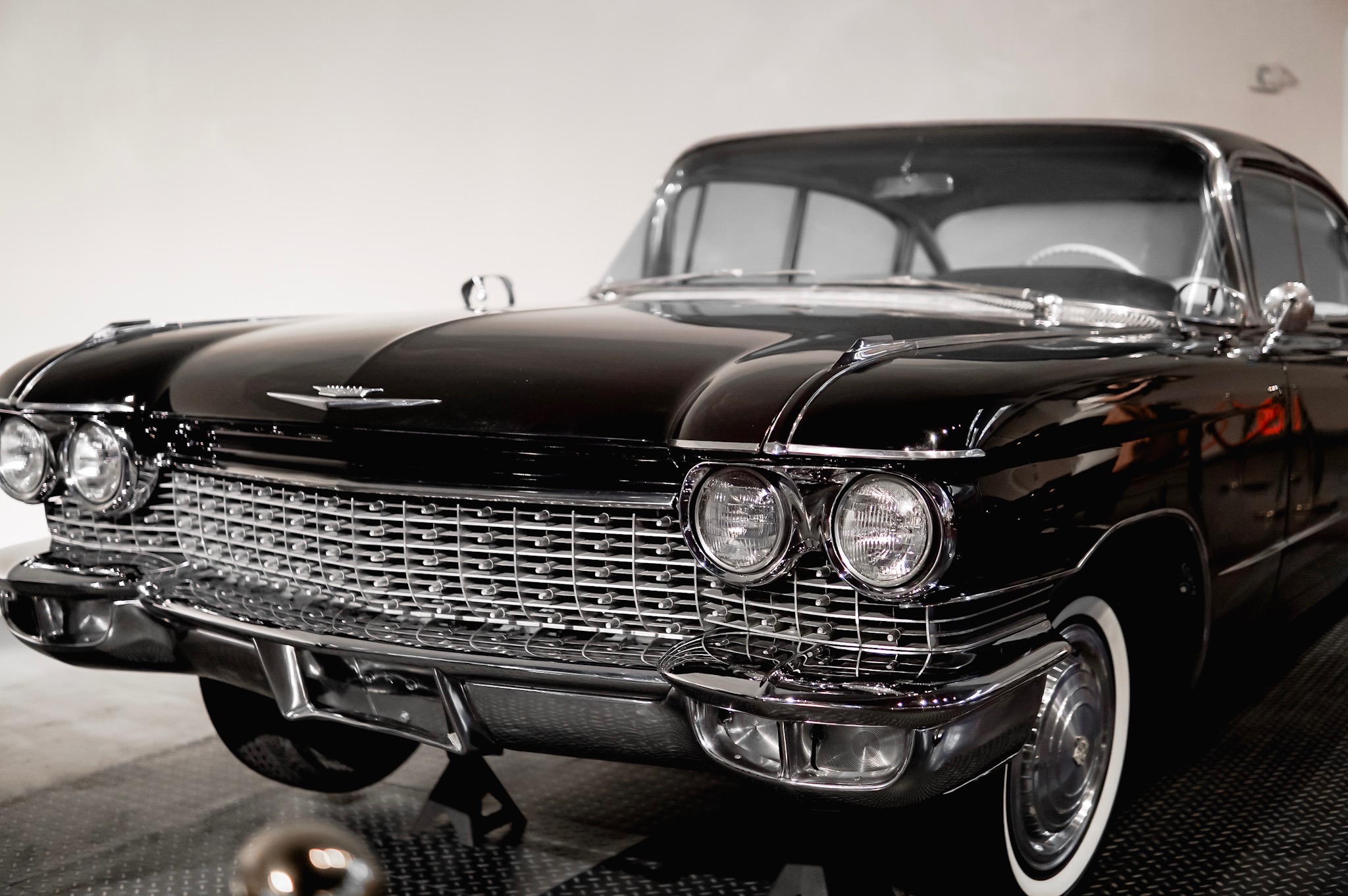
Diosdado Macapagal (1961-1965) – 1959 Cadillac Sedan Deville
There were only 20,000 units of this available in the world, 100 of which were exported. This Cadillac was inspired by science fiction, with flashy wing-like extensions reminiscent of an old-type rocket ship. His autobiography indicated that he used a Ford and a Chevrolet and reserved this particular sedan for special occasions or for state guest visits. Similar cars were in Hollywood films such as 3,000 Miles to Graceland, Pink Cadillac, and the iconic Ghostbusters.
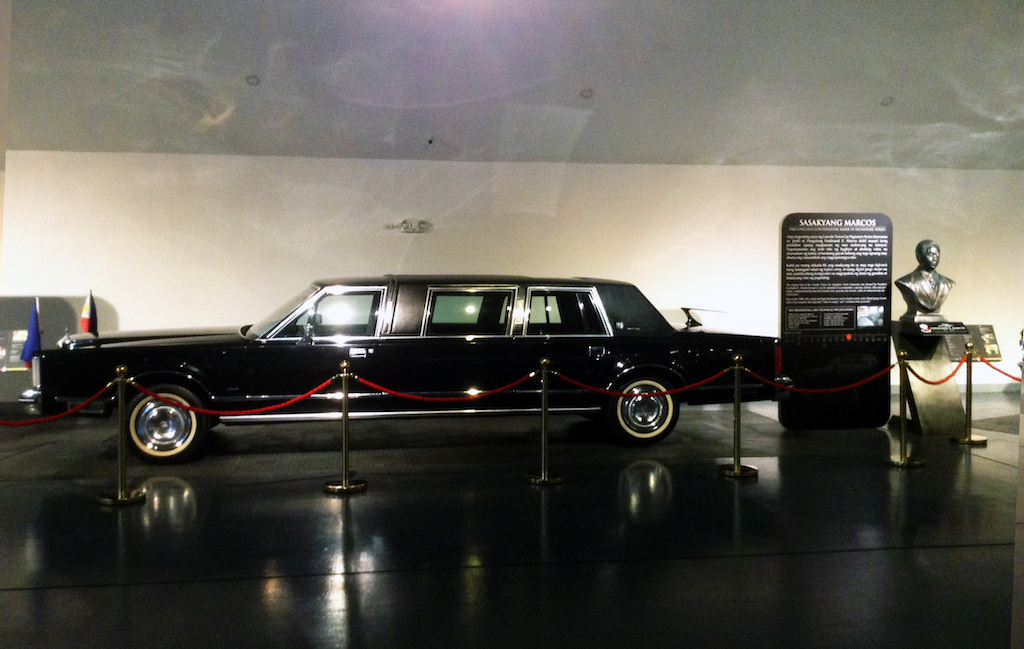
Ferdinand E. Marcos (1965-1986) – 1980 Lincoln Continental Mark VI Signature Series
The elegant limousine favored by Marcos was a stretch custom work, with vinyl coach roof, blue and gray velour, wood and chrome trim, and embossed seats – all meant to create the look of a convertible. The auto was ahead-of-its-time with a keyless entry and a digital screen to indicate gas levels and the estimated time of arrival at the destination, which may be considered as a forerunner of today’s Waze.
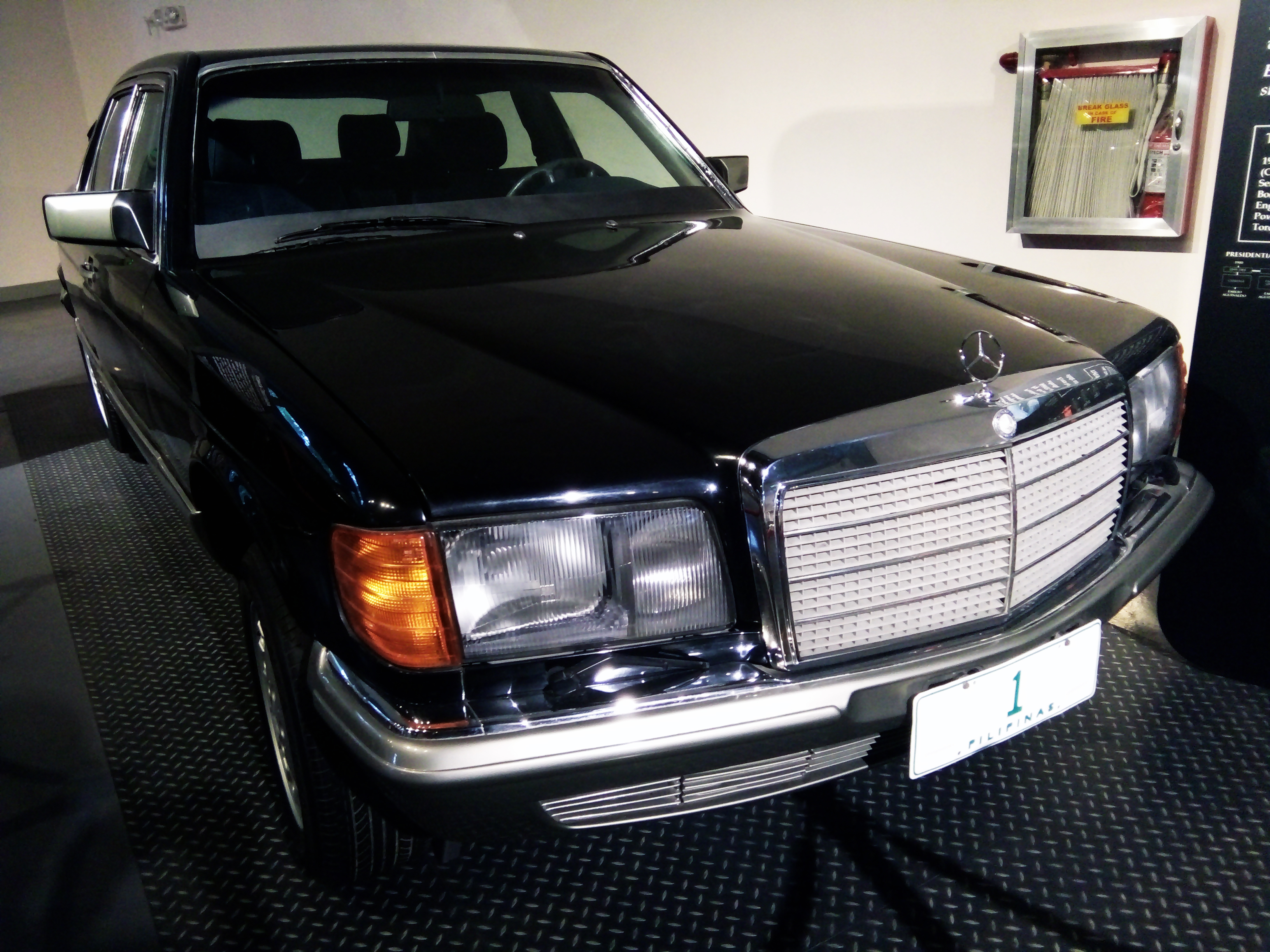
Corazon C. Aquino (1986-1992) – 1986 Mercedes-Benz 500SEL
Donated by the German government, Aquino opted for a more humble version instead of the latest. Despite its simple design, it was entirely covered with security measures with bulletproof panels and unnaturally thick glass windows.
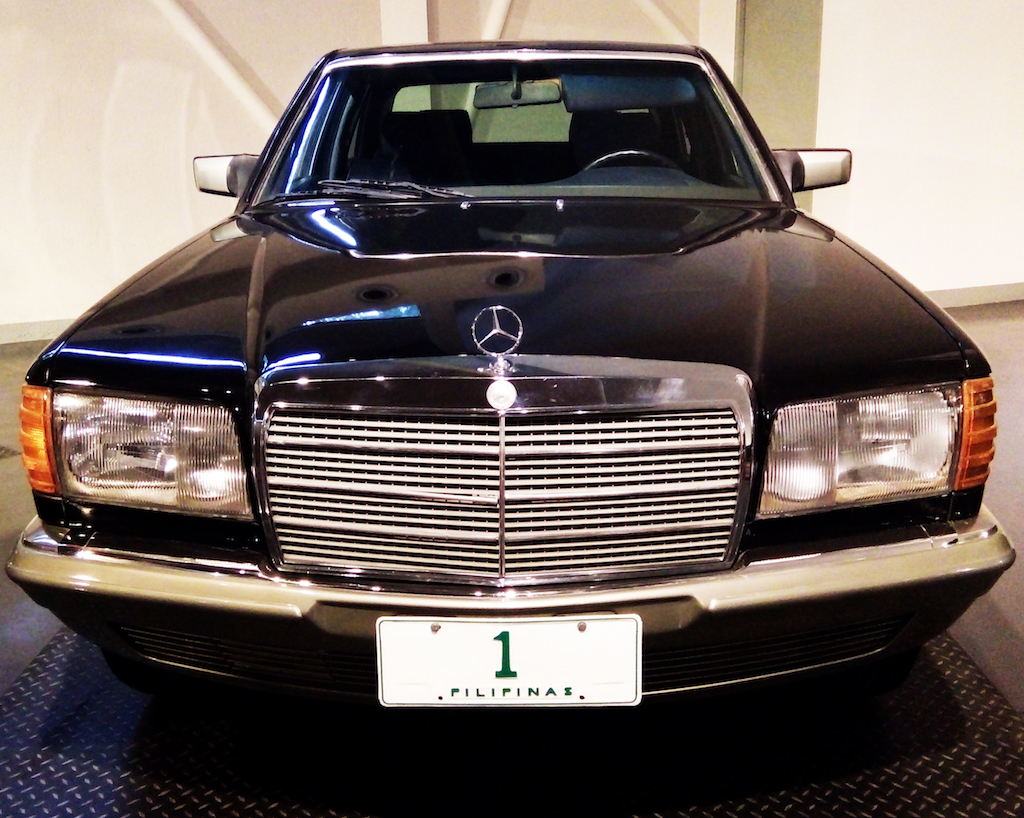
Fidel V. Ramos (1992-1998) – 1986 Mercedes-Benz 500SEL Guard
Ramos’ choice was the first armored car, equipped with a special control panel for extra lights and sirens, as well as check buttons for fuses and modules. It was a transport of preference for many military men, even favored by Germany’s counter-terrorism unit, the GSG 9.
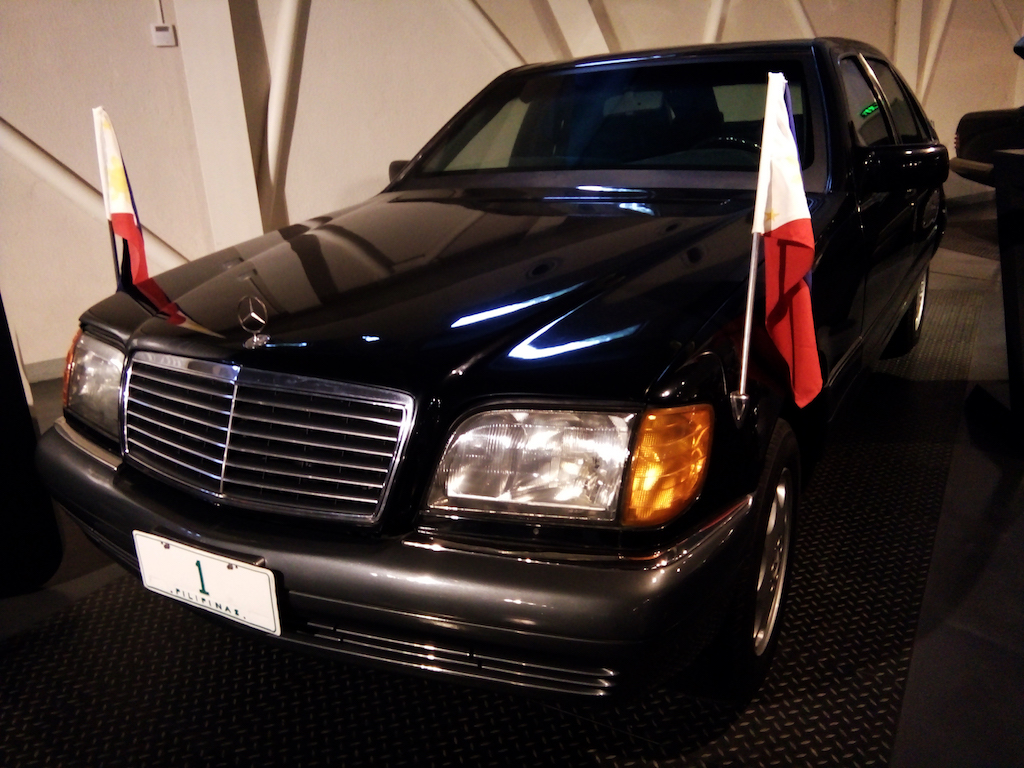
Joseph E. Estrada (1998-2001) – 1993 Mercedes-Benz S600
Enveloped with thick steel and bulletproof Kevlar plates, this series had protection from explosives, a self-sealing fuel tank in case of damages, and an alarm system. It had a V12 engine with 394 PS output to handle the weight of all these customized fittings. Amenities included a television and a phone at the back section.
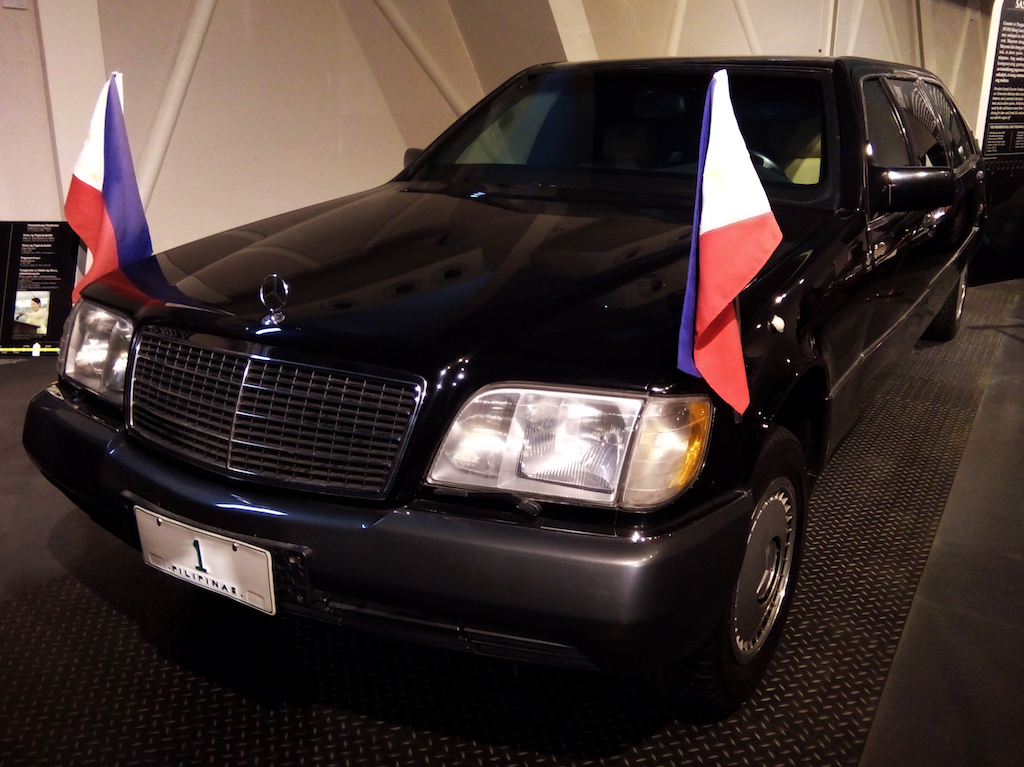
Gloria Macapagal-Arroyo (2001-2010) – 1993 Mercedes-Benz S600 Limousine V140
One of the largest car models with tan leather upholstery, high-roofed taller rear window, Arroyo chose a heavily armored Benz limousine made by O’Gara and Hess, a well-known armor firm. It had run-flat tires with protection against sniper fire.
Sorely Missed
Carlos P. Garcia’s 1952 Cadillac Series 62 Convertible and Ninoy Aquino’s 1980 Grumman Olson Step Van have yet to be showcased.
Vehicles of Significance:
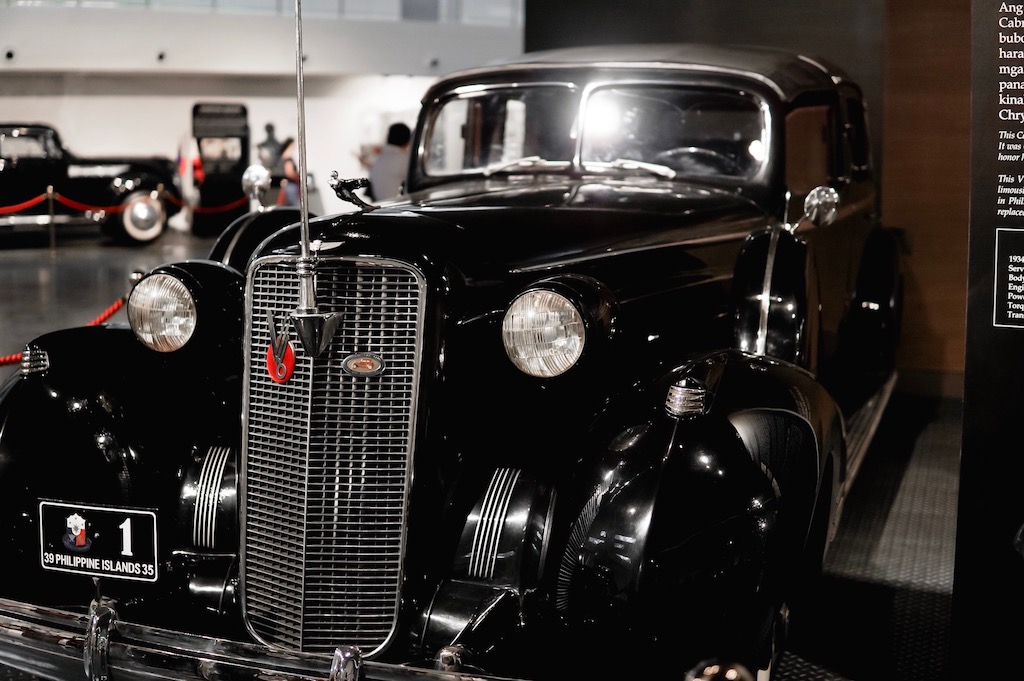
Douglas MacArthur – 1934 Cadillac V16 Transformable Town Car Cabriolet
The first car with a Philippine flag that was Quezon presidential service vehicle. It had a steel roof and a grilled fender. He turned it over to the five-star general in 1937 to honor him as the new Field Marshal of the Philippine Army.
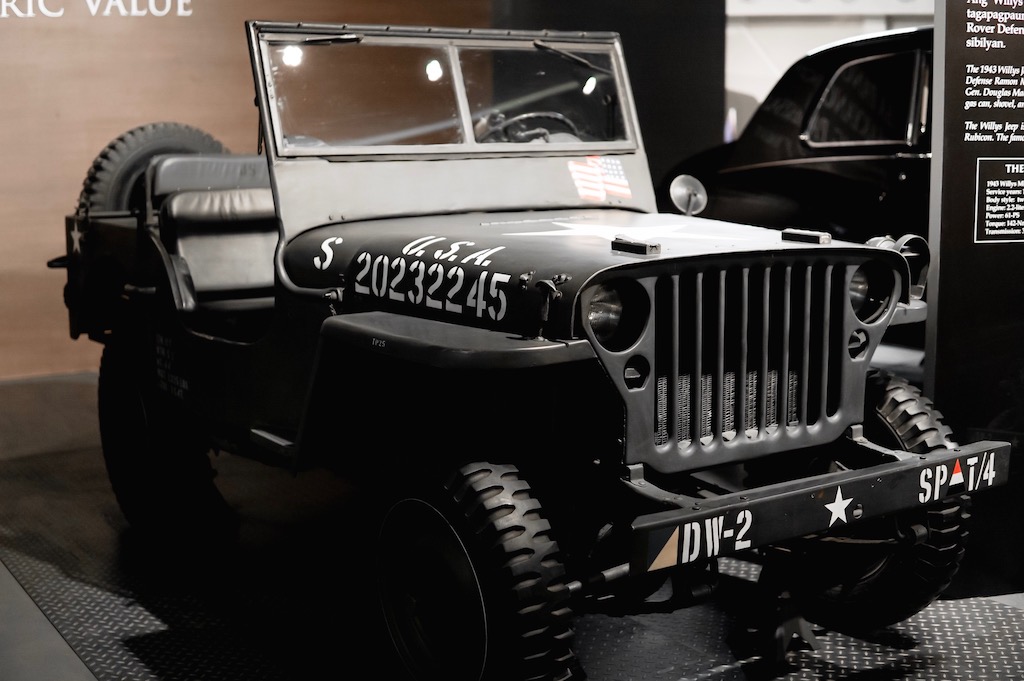
Ramon F. Magsaysay – 1943 Willys Jeep
MacArthur gifted his jeepney to the then Secretary of National Defense during the Quirino administration. Though fitted to serve civilian needs, it bore resemblance to military counterparts, with its gas tank, a dependable shovel, and a collapsible radio antenna.
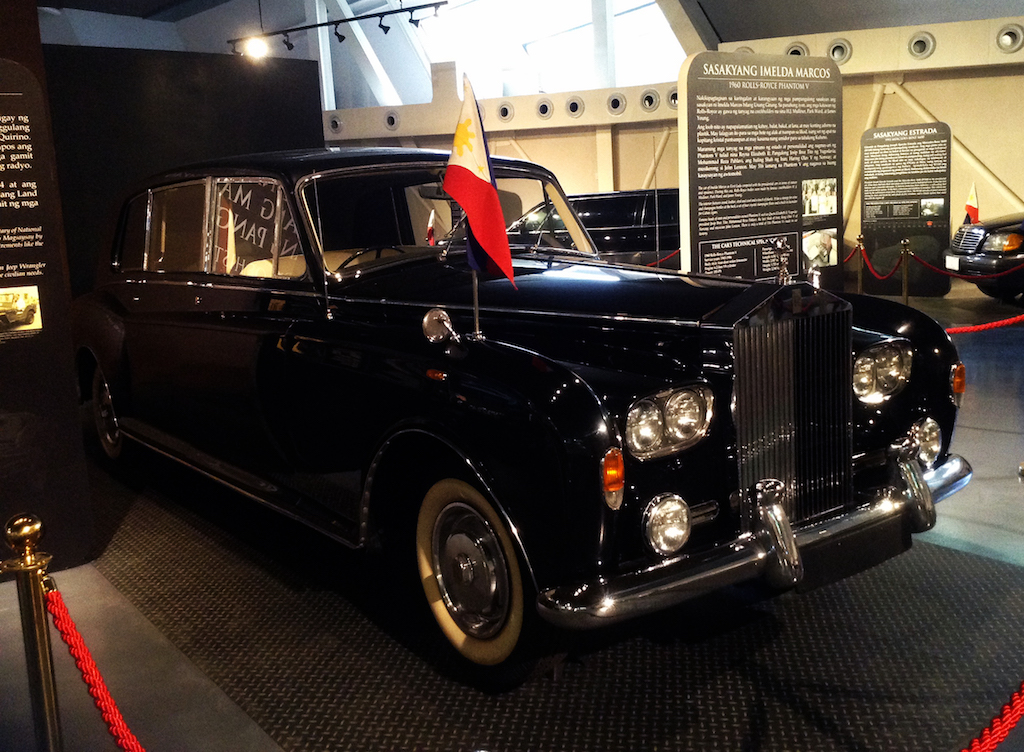
Imelda Marcos -1960 Rolls-Royce Phantom V
In terms of opulence and extravagance, the first lady’s vehicle competed even with the best state cars. There were only 516 models produced worldwide. Its interiors are have wood, leather, steel, and wool accents, with storage for wine and champagne bottles, and a humidor for Cuban cigars. Other notable personalities who enjoyed such rare privilege included Queen Elizabeth II, King Olav V of Norway, the Last Shah of Iran Mohammad Reza Pahlavi, and iconic musician John Lennon of The Beatles fame.
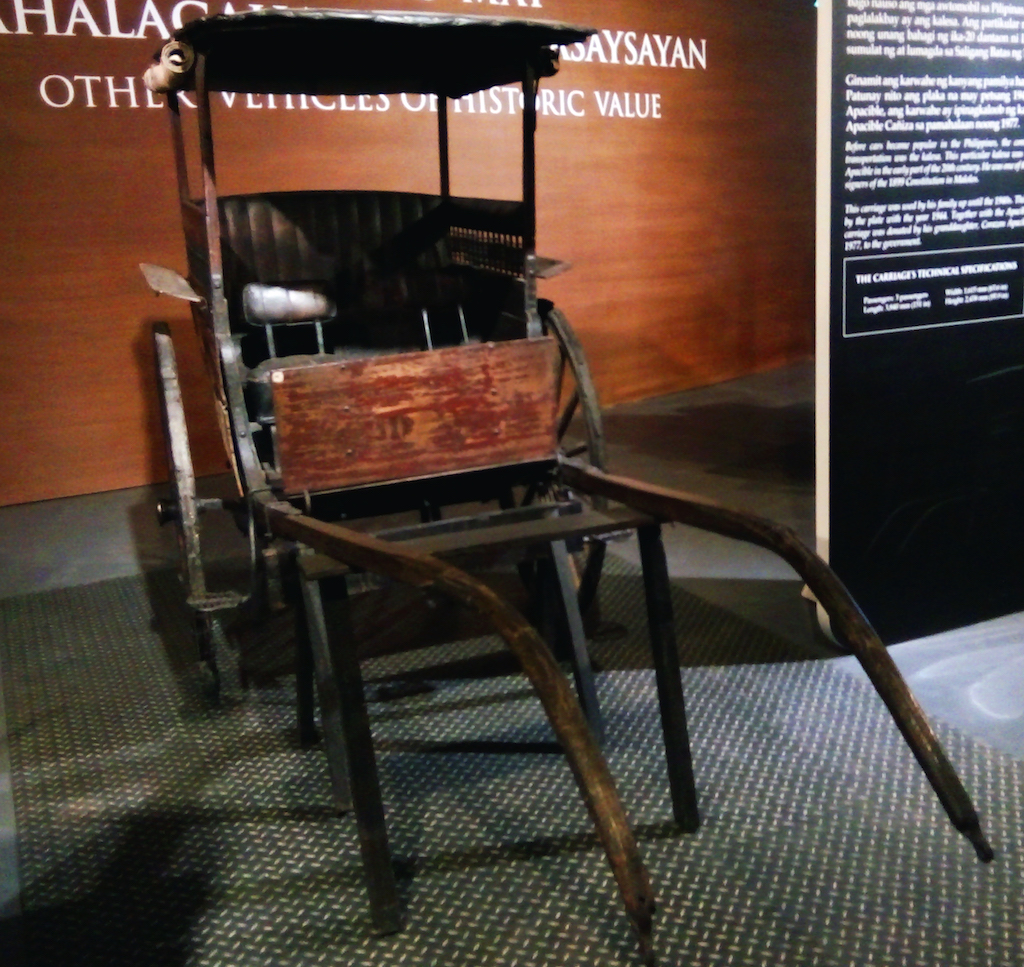
Leon Apacible – Karwaheng Apacible
Before cars, the main way to get around was the engineless, horse-drawn kalesas. This was utilized by Leon Apacible, a delegation member, author, and signatory of the 1899 Malolos Constitution. This carriage was availed by the family up until the 1940s.
All highlighted machines, more than just pieces of wood, vinyl, wool, chrome, velour, rubber, steel and metal, may be considered as national artifacts that reflect the history, heritage, and legacy of the people who used them, as well as the socio-political climate of the country at their certain points in time.
The Museo ng Pampangulong Sasakyan is open from Tuesdays to Sundays, from 8am to 4 pm. Admission is free
Words and photos by Edu Jarque
Additional photos courtesy of the National Historical Commission of the Philippines, Ryan Tan, Arnold Pilapil, Arjhay de Leon, In Frame PH, and Kenno Nishioka
RELATED READS: You Can Now Go on Safari…in Cebu





